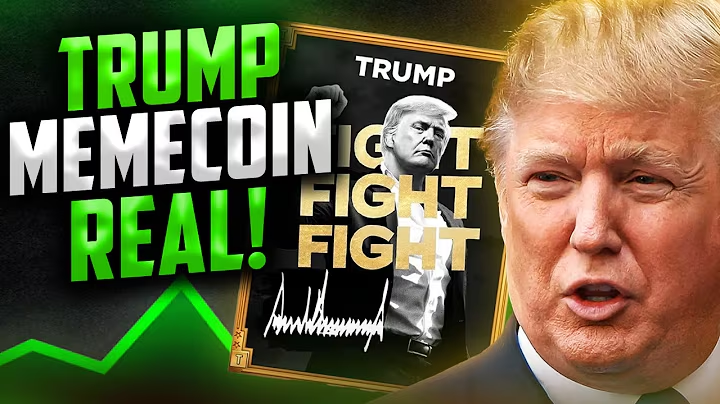
Trump’s Tariffs and Global Trade Dynamics
The global trade landscape is undergoing significant shifts due to President Donald Trump’s recent executive order imposing tariffs on Mexico, Canada, and China. This move, aimed at curbing illegal immigration and the flow of fentanyl into the U.S., has sparked concerns of a potential trade war. While Mexico has shown seriousness in addressing the issue, Canada has reportedly misunderstood the order as a direct trade conflict. This article explores the implications of these tariffs, the responses from affected countries, and how global trade dynamics are evolving as nations form new alliances that exclude the U.S.
Understanding Trump’s Tariff Order
What Are Tariffs?
Tariffs are taxes imposed on imported goods. They are often used to protect domestic industries or address trade imbalances.
Why Did Trump Impose Tariffs?
President Trump’s executive order imposes:
- 25% tariffs on goods from Mexico and Canada
- 10% tariffs on Chinese goods
The primary goals are to:
Stop the flow of illegal immigrants into the U.S.
Curb the influx of fentanyl, a dangerous drug.
Address trade imbalances with these countries.
Reactions from Affected Countries
Mexico’s Response
Mexico has taken Trump’s demands seriously, engaging in discussions to address the issues raised.
Canada’s Misunderstanding
Canada has interpreted the tariffs as a declaration of a trade war, leading to tensions between the two nations.
China’s Stance
China has vowed to consider “countermeasures” in response to the tariffs, further escalating trade tensions.
Global Trade Dynamics: Shifting Alliances
The Rise of Trade Blocs Excluding the U.S.
As the U.S. imposes higher tariffs, other nations are forming trade partnerships that exclude it. Key developments include:
European Union’s New Trade Deals:
Agreement with four South American countries (December 2023).
Trade deal with Switzerland (January 2024).
Strengthened trade arrangements with Mexico.
BRICS Expansion:
Indonesia joined BRICS (Brazil, Russia, India, China, South Africa) in 2023.
Eight more countries, including Bolivia and Thailand, are on the path to joining.
Why Are Countries Forming New Alliances?
To reduce dependence on the U.S. market.
To create stronger economic networks that bypass U.S. tariffs.
Implications of Trump’s Tariffs
What are tariffs?
Tariffs are taxes on imported goods, often used to protect domestic industries or address trade imbalances.
Why did Trump impose tariffs on Mexico, Canada, and China?
The tariffs aim to stop illegal immigration, curb fentanyl flow, and address trade imbalances.
How have other countries responded?
Countries like Mexico, Canada, and China have either engaged in discussions or vowed to retaliate. Meanwhile, nations like those in the EU and BRICS are forming new trade alliances.
What are the potential impacts of these tariffs?
Short-term impacts include higher prices and inflation, while long-term goals focus on trade balance and industry protection.
Conclusion
President Trump’s tariff order has sparked significant changes in global trade dynamics. While Mexico has shown willingness to cooperate, Canada and China have responded with resistance. Meanwhile, other nations are forming new trade blocs that exclude the U.S., signaling a shift in global economic alliances. As these developments unfold, it’s crucial to monitor their impact on global growth and inflation.















Post Comment